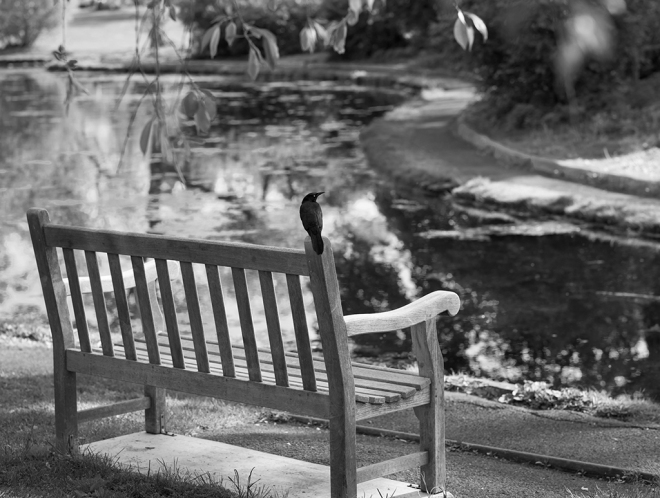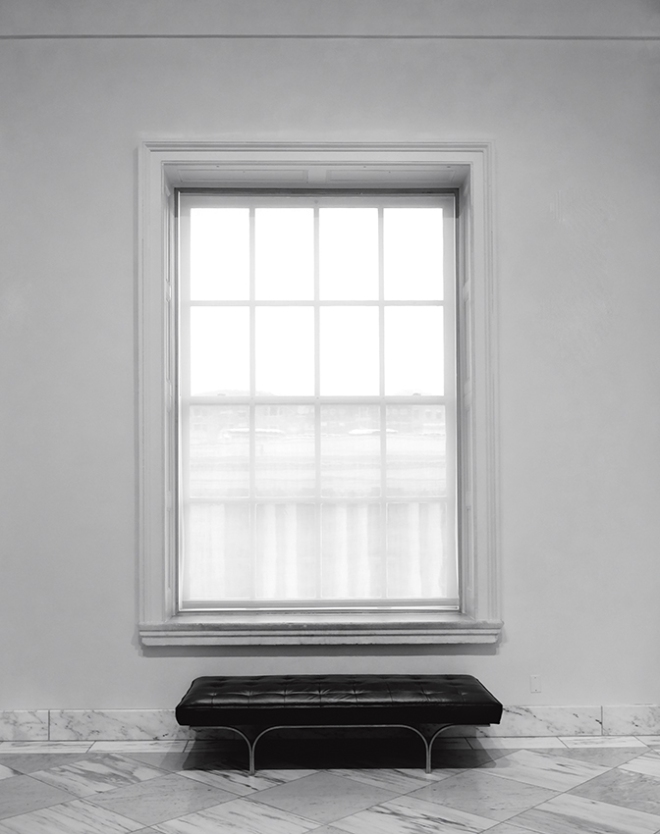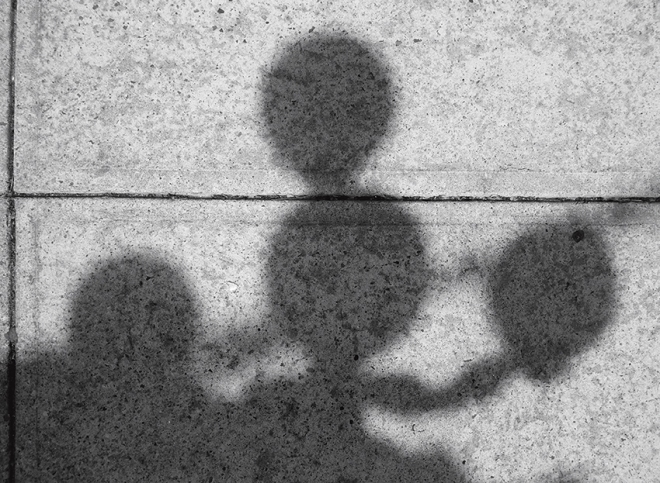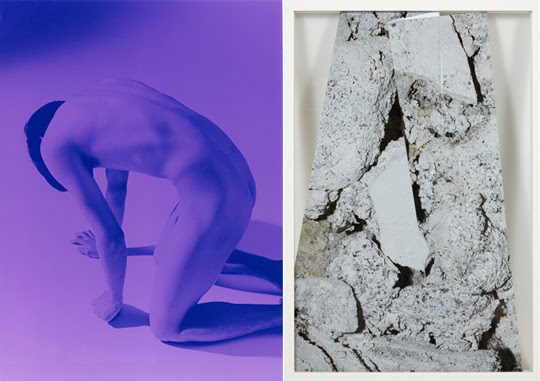
Japanese photography has been my photographic bailiwick for some years now. It evolved from a great interest in the work of Minor White and his school, in particular their folding in of zen philosophy into the work. The “Provoke” era photographers with their attempts at photographing things that were “beyond language” attracted me greatly. I have amassed a small collection of Japanese photobooks and histories. While not making me an expert it does give me some breadth knowledge with which to discuss this topic with some small amount of authority.
I was delighted to hear from Russet Lederman about her curated show at Miyako Yoshinaga Gallery; “New Photography From Japan”. It is a small show exhibiting a handful of images from five contemporary photographers from Japan. All of the photographers are young and just starting to make a splash in the Japanese photography scene. The images are all very concerned with “process”. Some, like Taisuke Koyama who uses a small, hand held scanner to scan the light coming from a second scanner, make the process the entire point of their work. The patterns produced are visually interesting only for a few minutes but bring up important questions about the physicality of digital photography. Kenta Kobayashi plays with photography as a social process, taking raw and acid colored images and distributing them to friends via social media. Photography as “Happy Hour”. Some of his images were eye catching I must admit. Hiroshi Takizawa plays with photography as sculpture. His images of cement surfaces printed and then twisted and framed highlights the fragility of photographs as objects.
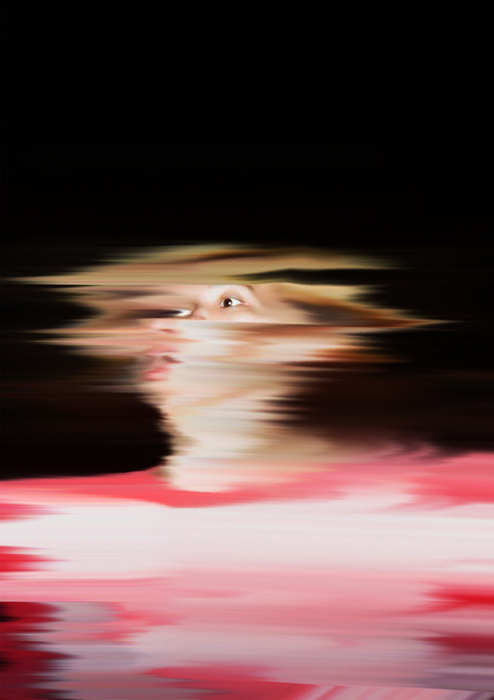
Daisuke Yokota and Mayumi Hosokura, use darkroom processes to enhance their erotic and atmospheric images. These images are visually arresting and to me, the best in the show. Yokota’s process achieves a beautiful degraded, almost, dare I say it, a more advanced form of the Provoke era’s Are, Bure, Boke aesthetic. Hosokura’s use of false colors gives her images of androgynous individuals a heightened sense of other worldliness.
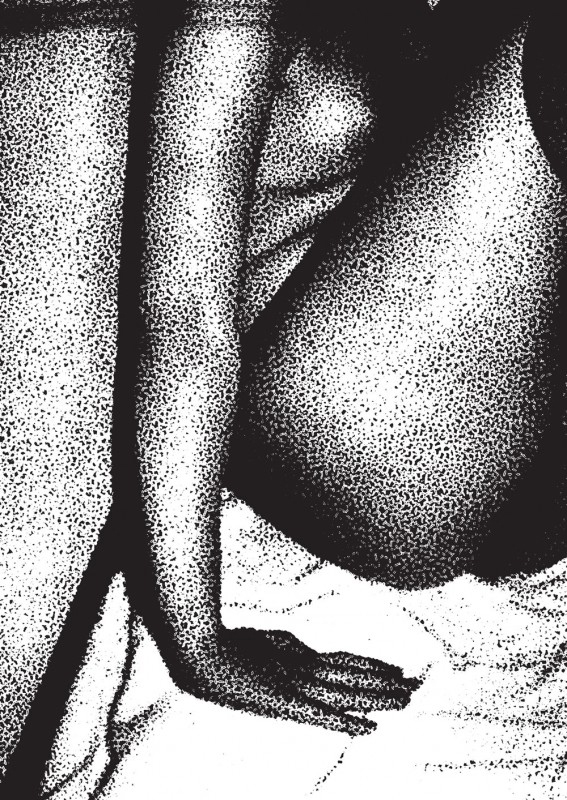
It’s a shame that this show is so limited. They are many talented and young Japanese photographers at work presently. Photographers such as Yuji Hamada, Wataru Yamamoto, Mika Ninagawa, Yusuke Yamatani that show a greater range of concerns. And some slightly older photographers who have a special world view, Masao Yamamoto, Mikiko Hara are but two of these little known (outside Japan) but great photographers. An expanded show at a larger venue would certainly be warranted and a treat.
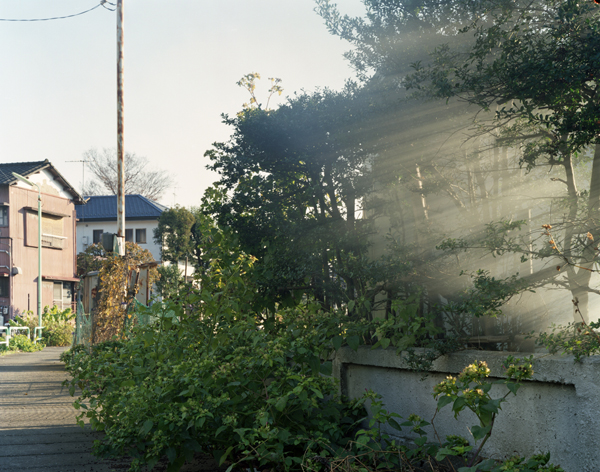
Note: Shortly after posting this I remembered this set of interviews from Amana Art Photo. These four are really interesting young photographers. I mentioned two of them above.
